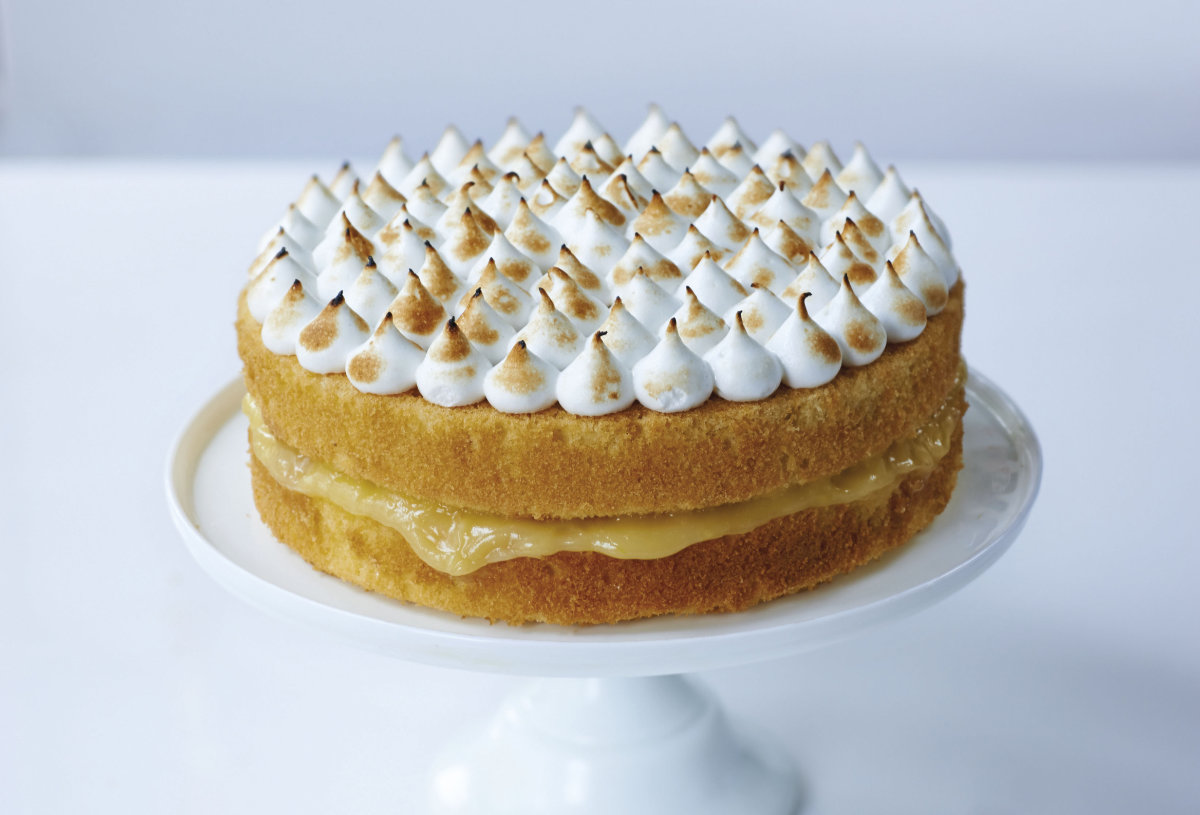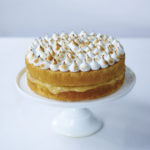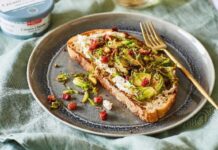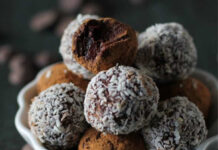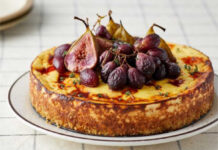“This cake has a soft meringue icing that can be piped or simply swirled on top of the cake, as you choose,” say the chefs at Leiths cookery school. “Either make the lemon curd in advance, or use a good quality bought one in its place.
“Any leftover curd can be stored in the fridge and eaten on toast or served with scones in place of jam. You will need two 20cm sandwich tins.”
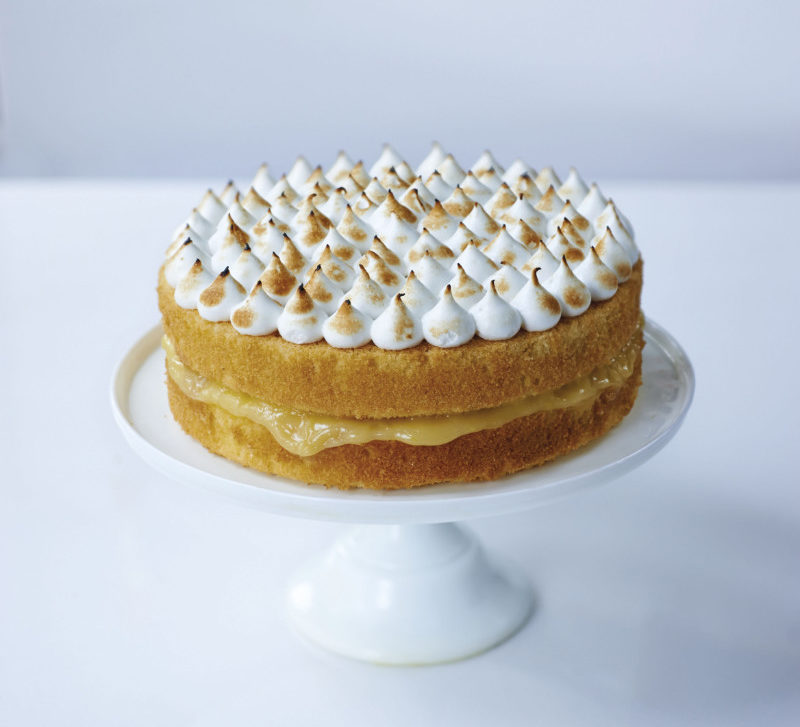
Lemon meringue cake
Equipment
- Grater
- Saucepan
- Small bowl
- Fork
- Wooden spoon
- 2 20cm sandwich tins
- Electric whisk
- Spatula
Ingredients
- oil to grease
- 1 lemons
- 225 g butter softened
- 225 g caster sugar
- 4 eggs at room temperature
- 225 g self-raising flour
- 1-2 tbsp milk
For the lemon curd
- 50 g unsalted butter
- 120 g caster sugar
- 12 lemon
- 2 eggs
For the meringue
- 2 egg whites about 60g
- 110 g caster sugar
Method
- To make the lemon curd, finely grate the zest of both lemons and squeeze the juice. Put the juice in a saucepan with the sugar and butter. Beat the eggs in a small bowl with a fork to break them up and add them to the pan.
- Stir the mixture over a low to medium heat, using a wooden spoon, until the butter and sugar have melted, then increase the heat until the curd just starts to bubble. Remove from the heat and strain through a sieve. Stir in the lemon zest and cover with cling film, so that it touches the surface of the curd to prevent a skin from forming. The curd will thicken as it cools.
- Heat the oven to 180°C/gas mark 4. Lightly oil two sandwich tins, line the base of each with a disc of greaseproof paper, then lightly brush with oil again. Finely grate the lemon zest.
- Using an electric whisk, cream the butter and sugar together in a medium bowl until pale, light and fluffy.
- Break the eggs into a separate bowl and beat lightly with a fork. Gradually add the eggs to the creamed mixture in small additions, beating well after each addition.
- Sift the flour over the creamed mixture and add the lemon zest. Fold in the dry ingredients, using a large metal spoon or a spatula, until the mixture is just combined. Add enough milk to create a reluctant dropping consistency.
- Divide the mixture between the prepared tins, smooth the tops and bake in the middle of the oven for 20–30 minutes, or until well risen, golden and evenly set. The cakes should feel spongy to the touch. Leave them in the tins on a wire rack for a few minutes, then turn out onto the wire rack, peel off the greaseproof paper and leave to cool completely.
- To make the meringue, put the egg whites into a clean, medium bowl and whisk to stiff peaks using an electric whisk. Add one tablespoon of the sugar and continue to whisk for 10 seconds, then add a second tablespoon of sugar and whisk to stiff peaks again. Slowly pour in the remaining sugar, whisking at the same time until it is all incorporated and the meringue is stiff again.
- Heat the grill to its highest setting, unless you have a cook‘s blowtorch. Sandwich the two cooled sponges together with the cold lemon curd (you may not need to use it all). Decorate the top of the cake with the meringue, either piping it or swirling it over the surface with a palette knife. Avoid creating high peaks, which may burn.
- To finish, either use a cook‘s blowtorch (following the manufacturer’s instructions) to carefully caramelise the top of the meringue to a golden colour, or place under the hot grill until the top browns, watching carefully as it will burn quickly.
Nutrition
Leiths How To Cook Cakes by Leiths School of Food and Wine, photography by Peter Cassidy, is published by Quadrille.
Wise Living Magazine may receive a small commission to help support the running of this site from purchases made from links on this page. Affiliate links do not influence our editorial or articles published by Wise Living.























































